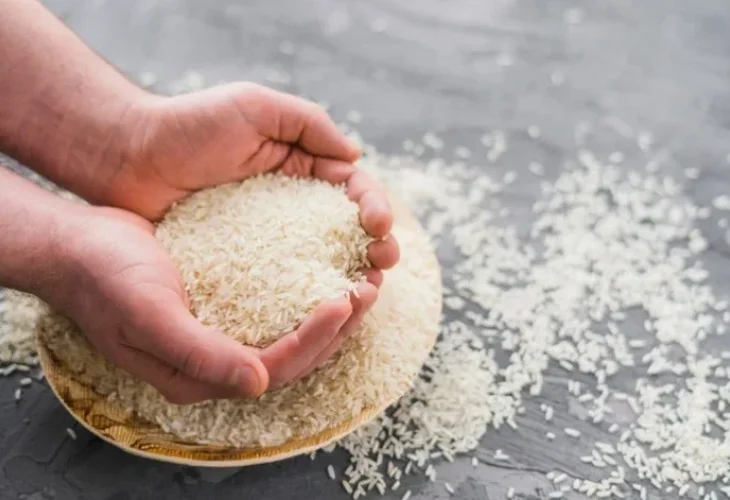Health and Nutrition
Climate Change Could Make Rice More Toxic, Study Warns
Research links rising temperatures and CO₂ levels to increased arsenic in rice — posing health risks and urging safer cooking methods

A study published in the prestigious journal The Lancet Planetary Health reveals that climate change may be making rice — one of the world’s most consumed staple foods — more toxic due to increased arsenic accumulation.
The research, conducted by scientists from Columbia University, Johns Hopkins University, and the Chinese Academy of Sciences, examined the combined effects of rising global temperatures and elevated carbon dioxide levels on arsenic concentrations in rice.
The researchers found that a temperature rise of more than 2°C, alongside increased CO₂ levels, significantly boosts the levels of inorganic arsenic in rice. This combination alters soil chemistry and enhances the release of arsenic into its toxic form.
Rice is typically grown in water-flooded fields, absorbing whatever is present in the water, including harmful substances like arsenic. High exposure to inorganic arsenic is linked to serious health issues such as lung, bladder, and skin cancers, heart disease, diabetes, developmental delays in children, and immune system disorders.
The study estimates that by 2050, countries in Asia with high rice consumption — such as China, India, and Bangladesh — may face a significant increase in arsenic-related illnesses. “This research highlights the urgent need to develop arsenic-resistant rice strains, new agricultural methods, and strict monitoring of arsenic levels in rice,” explains one of the lead researchers.
What can consumers do in the meantime? To reduce arsenic exposure, experts recommend rinsing rice thoroughly before cooking and using a large amount of water during cooking — ideally a 6:1 water-to-rice ratio. After cooking, the excess water should be drained before eating.

